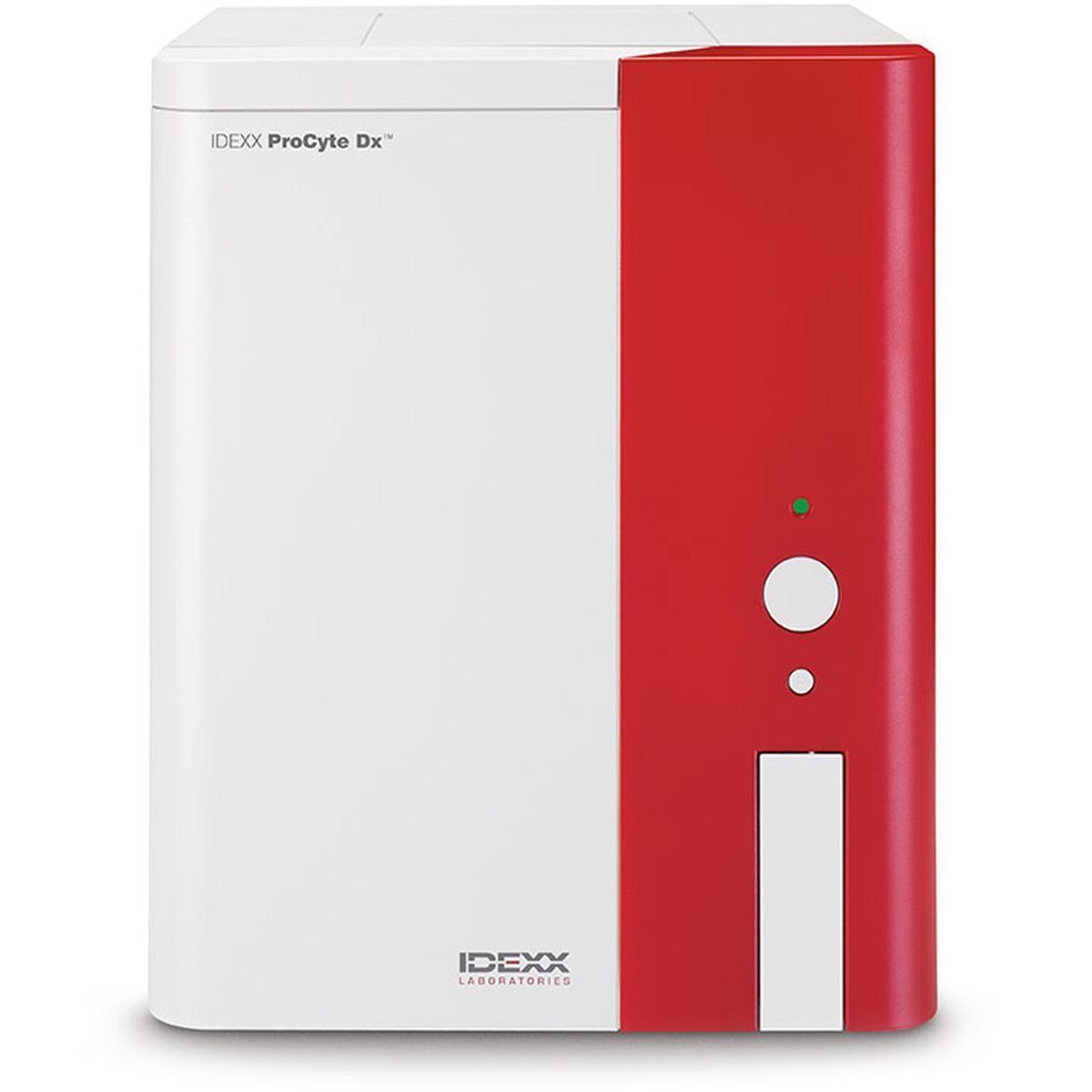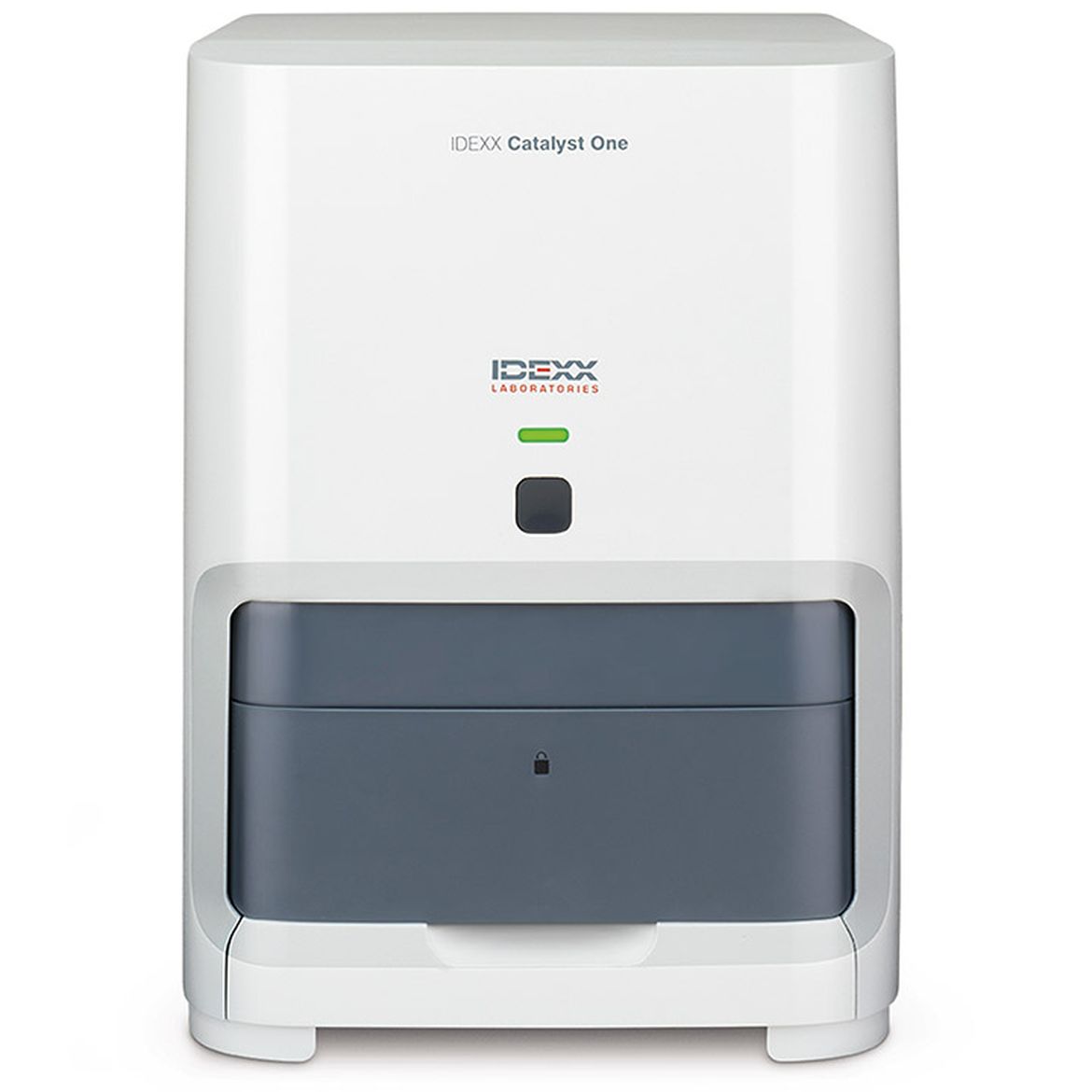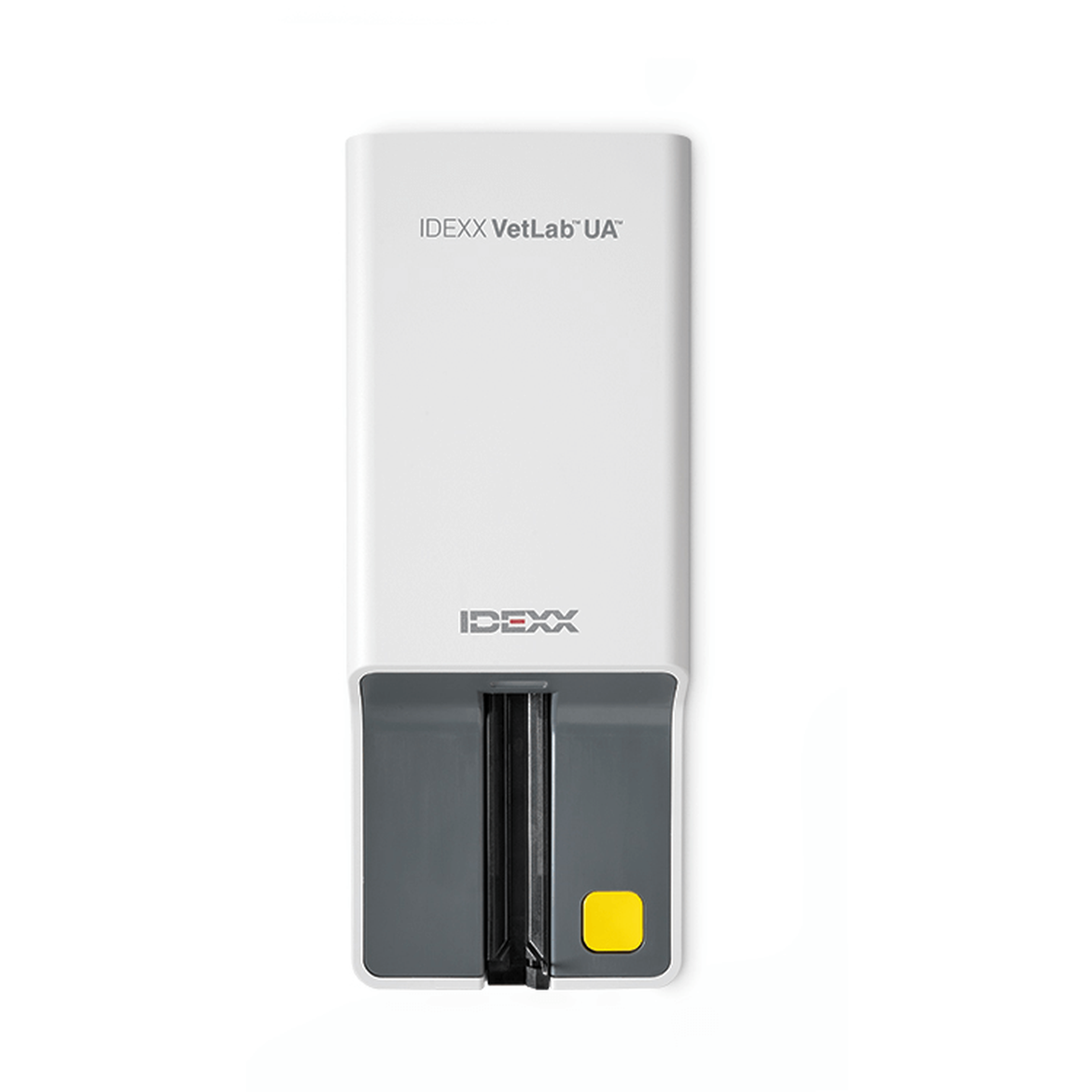Minimum DataBase
Individualise your patient care
Build on your Minimum DataBase results
As every patient is different, you may require other tests that build on the Minimum DataBase for a more in-depth picture of your patient’s medical status.
In the case of a patient with PU/PD, for example, adding the IDEXX SDMA test to the Minimum DataBase could be relevant to rule in or out chronic kidney disease (CKD). Based on the results of the SDMA test, follow-up tests like UPC and urine culture might then be needed.
See earlier and stage better with the new IDEXX SDMA
IDEXX SDMA is a new, breakthrough, veterinary-specific test to evaluate kidney function, measuring plasma SDMA (symmetric dimethylarginine), a more sensitive biomarker of renal function compared with creatinine.
SDMA increases earlier than creatinine in most animals with CKD so diagnosis can be made on average 17 months earlier in cats1 and 10 months earlier in dogs.2 Unlike creatinine, SDMA is not impacted by lean body mass.
See in more detail with Urine Protein to Creatinine ratio
Once a patient has been diagnosed with CKD and staged according to the IRIS guidelines, it is important to substage its disease. The animal should be substaged for both proteinuria and blood pressure. The goal in substaging for proteinuria is to confirm that the protein in the urine is renal in origin by ruling out post-renal and pre-renal causes. Systemic hypertension is a common complication of CKD, and uncontrolled hypertension can cause further damage to nephrons, leading to more rapid progression of the disease. Control of hypertension is therefore an important component of therapy.
The UPC ratio measures protein loss through the kidneys and is not impacted by urine concentration. Detecting proteinuria and measuring its persistence and magnitude are critical to guide clinical decisions and monitor the patient’s response to therapy.
Systemic hypertension is usually detected by indirectly measuring blood pressure. The Doppler ultrasonic blood flow monitor is the method of choice, but oscillometric techniques can also be useful in dogs.
Use the Catalyst One chemistry analyzer to run the UPC ratio test in-house.
See with confidence with IDEXX Urine Culture, the Gold Standard for UTI diagnosis
If infection is suspected, our accurate and reliable urine culture run at the IDEXX Reference Laboratory lets you confidently identify the underlying cause for optimal management of your patients.
Urine culture is the gold standard for diagnosis of urinary tract infections (most sensitive and specific). Failure to perform urine cultures in the appropriate situations can lead to misdiagnosis and treatment failures.


